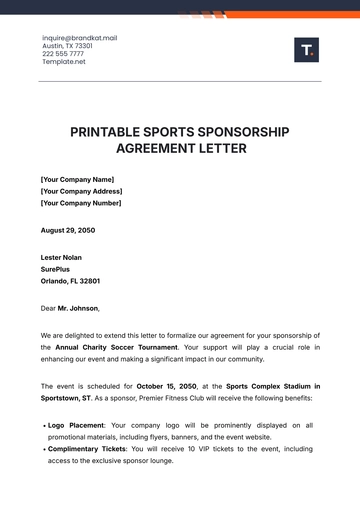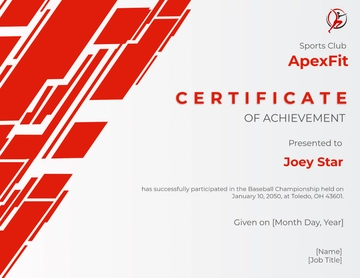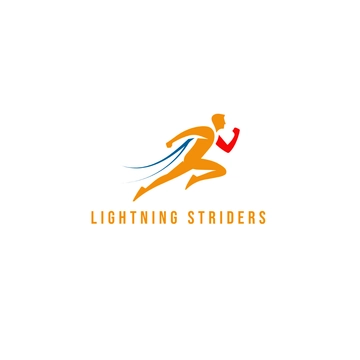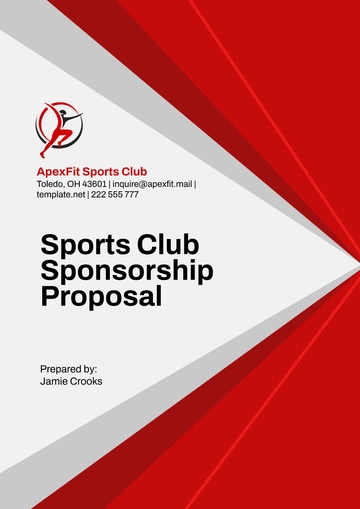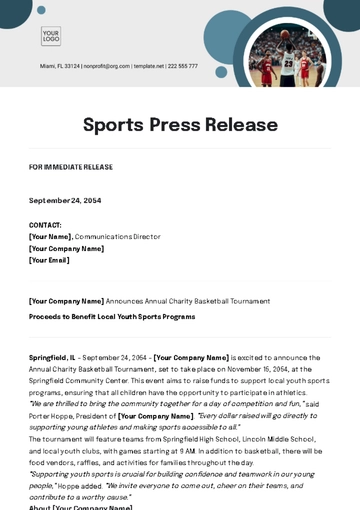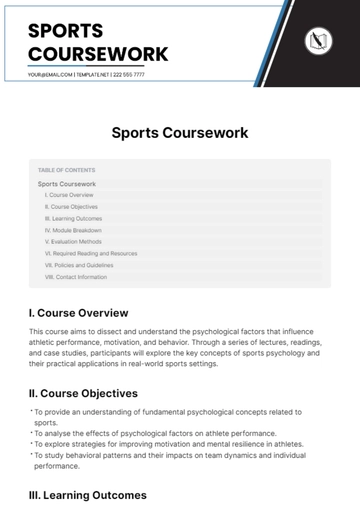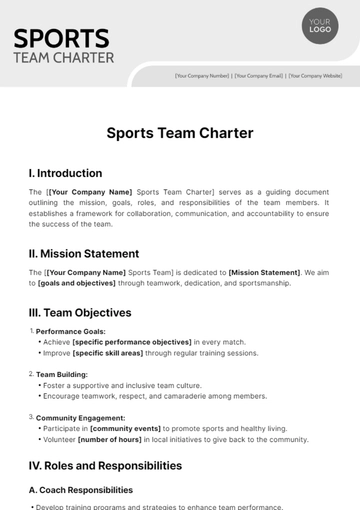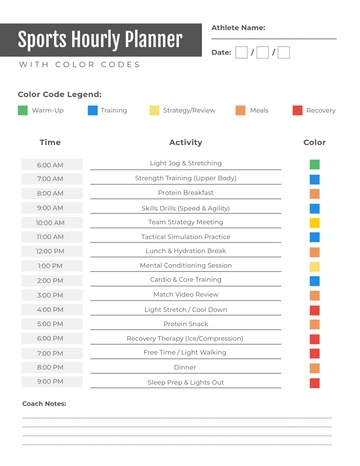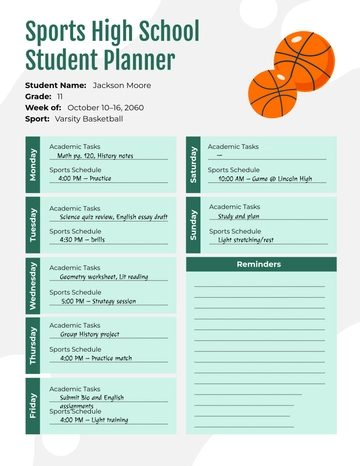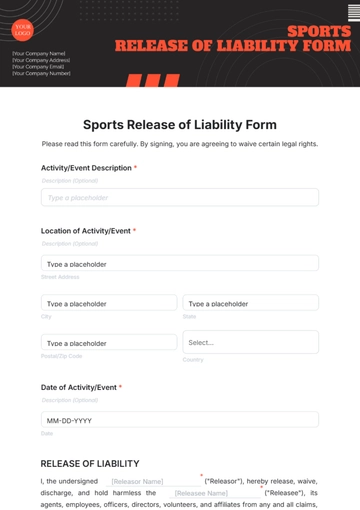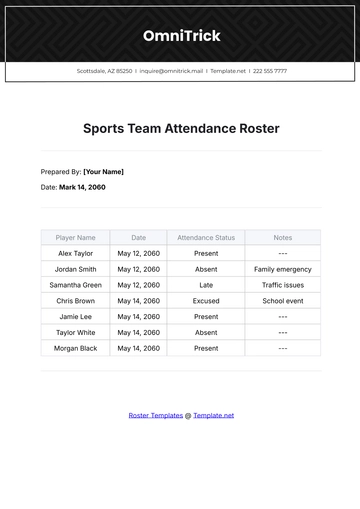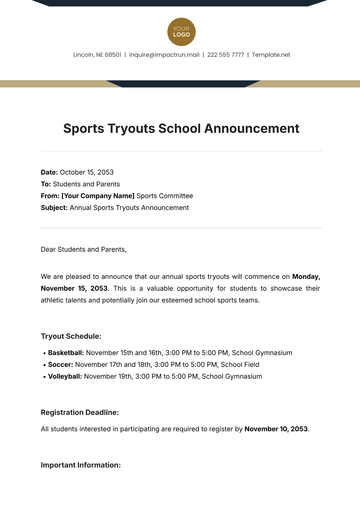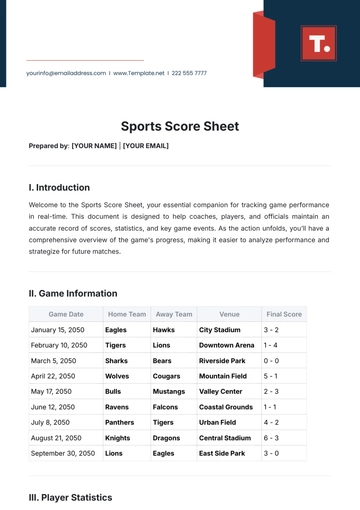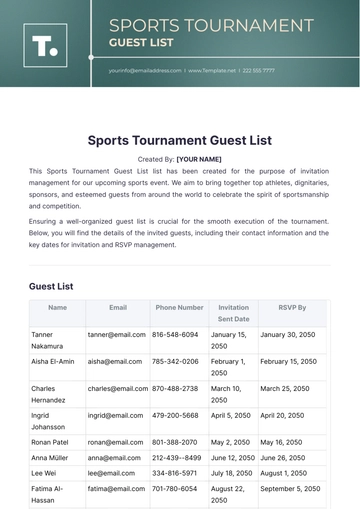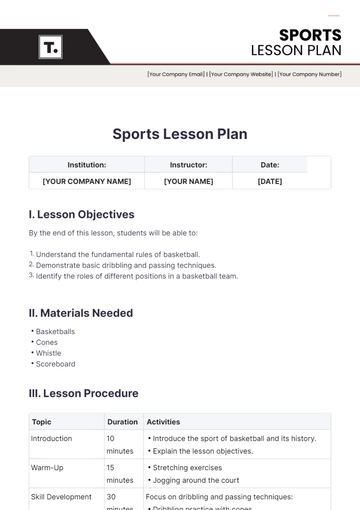Free Professional Sprint
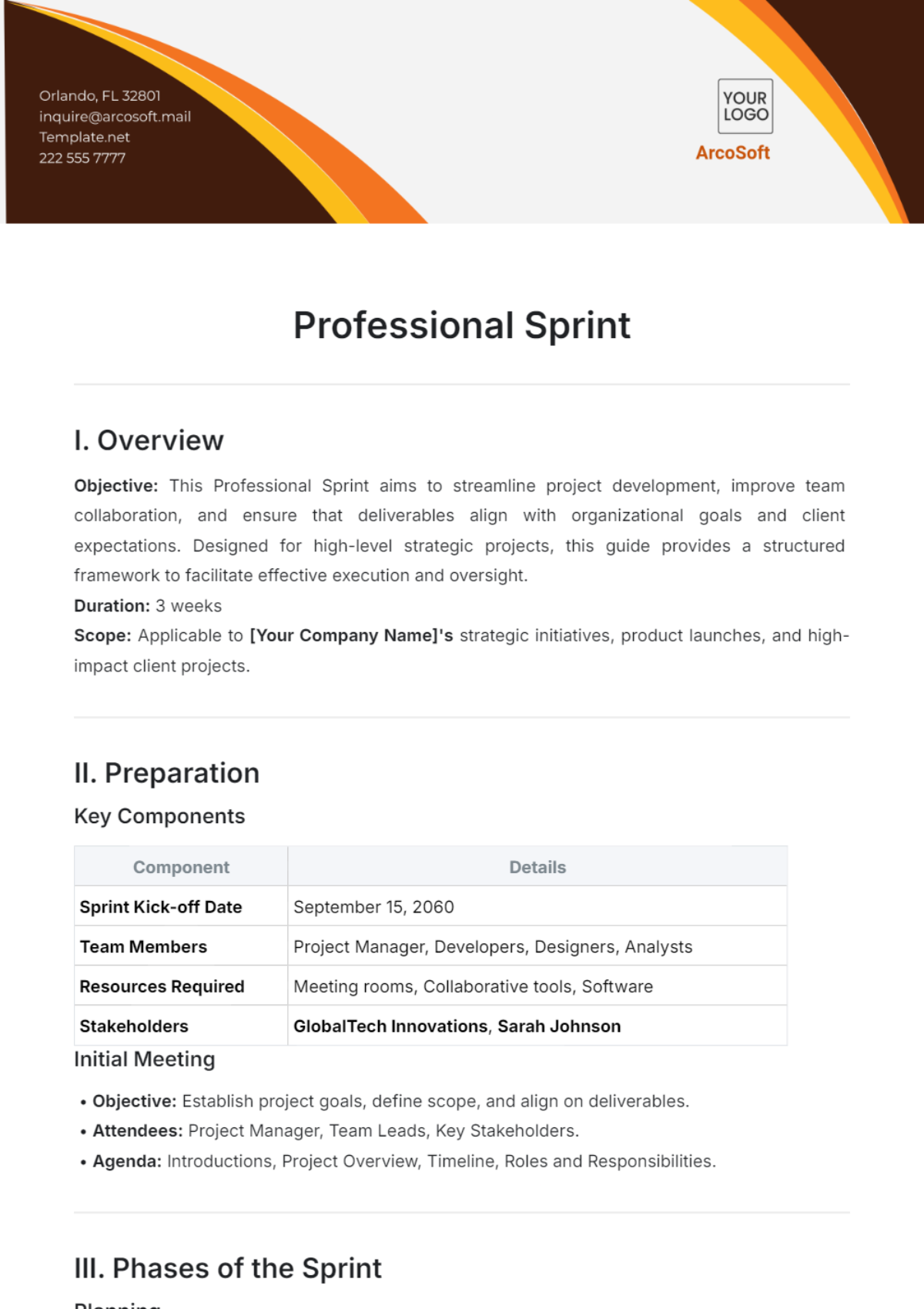
I. Overview
Objective: This Professional Sprint aims to streamline project development, improve team collaboration, and ensure that deliverables align with organizational goals and client expectations. Designed for high-level strategic projects, this guide provides a structured framework to facilitate effective execution and oversight.
Duration: 3 weeks
Scope: Applicable to [Your Company Name]'s strategic initiatives, product launches, and high-impact client projects.
II. Preparation
Key Components
Component | Details |
|---|---|
Sprint Kick-off Date | September 15, 2060 |
Team Members | Project Manager, Developers, Designers, Analysts |
Resources Required | Meeting rooms, Collaborative tools, Software |
Stakeholders | GlobalTech Innovations, Sarah Johnson |
Initial Meeting
Objective: Establish project goals, define scope, and align on deliverables.
Attendees: Project Manager, Team Leads, Key Stakeholders.
Agenda: Introductions, Project Overview, Timeline, Roles and Responsibilities.
III. Phases of the Sprint
Planning
Activities: Define objectives, set timelines, allocate resources, and establish KPIs.
Deliverables: Sprint Plan Document, Resource Allocation Matrix.
Execution
Activities: Follow the sprint plan, hold daily stand-ups, and track progress.
Deliverables: Progress Reports, Updated Task List.
Review
Activities: Review work, gather feedback, and assess goal achievement.
Deliverables: Review Report, Stakeholder Feedback Summary.
Retrospective
Activities: Assess the sprint's outcomes and identify areas for improvement.
Deliverables: Retrospective Summary, Improvement Action Plan.
IV. Roles and Responsibilities
Role | Responsibility |
|---|---|
Project Manager | Oversee the sprint, and ensure milestones are met. |
Developers | Execute tasks, develop solutions. |
Designers | Create and refine design elements. |
Analysts | Analyze data, provide insights and recommendations. |
V. Tools and Resources
Software Tools
Project Management: JIRA, Asana
Collaboration: Slack, Microsoft Teams
Design: Adobe Creative Suite, Figma
Resource Allocation
Budget: $50,000
Personnel: 10 team members
Time Allocation: 3 weeks
VI. Communication Plan
Stakeholder Updates
Frequency: Weekly
Method: Email updates, Status meetings
Contact: [Your Company Email]
Team Meetings
Daily Stand-ups: 15-minute check-ins
Weekly Review: Comprehensive project review meetings
VII. Risks and Mitigation
Risk | Mitigation Strategy |
|---|---|
Scope Creep | Clearly define project scope and objectives. |
Resource Shortages | Maintain a flexible resource allocation plan. |
Technical Issues | Regular testing and have backup solutions. |
VIII. Evaluation and Success Metrics
Key Performance Indicators
Completion Rate: Percentage of tasks completed on time.
Quality of Deliverables: Stakeholder satisfaction and defect rates.
Team Performance: Adherence to timelines and collaboration effectiveness.
Success Criteria
On-Time Delivery: Deliverables completed within the sprint timeline.
Client Satisfaction: Positive feedback and acceptance of deliverables.
IX. Contact Information
For additional information or inquiries regarding this Professional Sprint, please contact:
[Your Name]
[Your Email]
- 100% Customizable, free editor
- Access 1 Million+ Templates, photo’s & graphics
- Download or share as a template
- Click and replace photos, graphics, text, backgrounds
- Resize, crop, AI write & more
- Access advanced editor
Enhance your sprint planning with the Professional Sprint Template, offered by Template.net. This customizable and printable template is easily downloadable and editable in our AI Editor Tool. It provides a clear and structured format for setting sprint goals, tracking tasks, and managing progress, ensuring efficient and professional sprint execution for your team.

